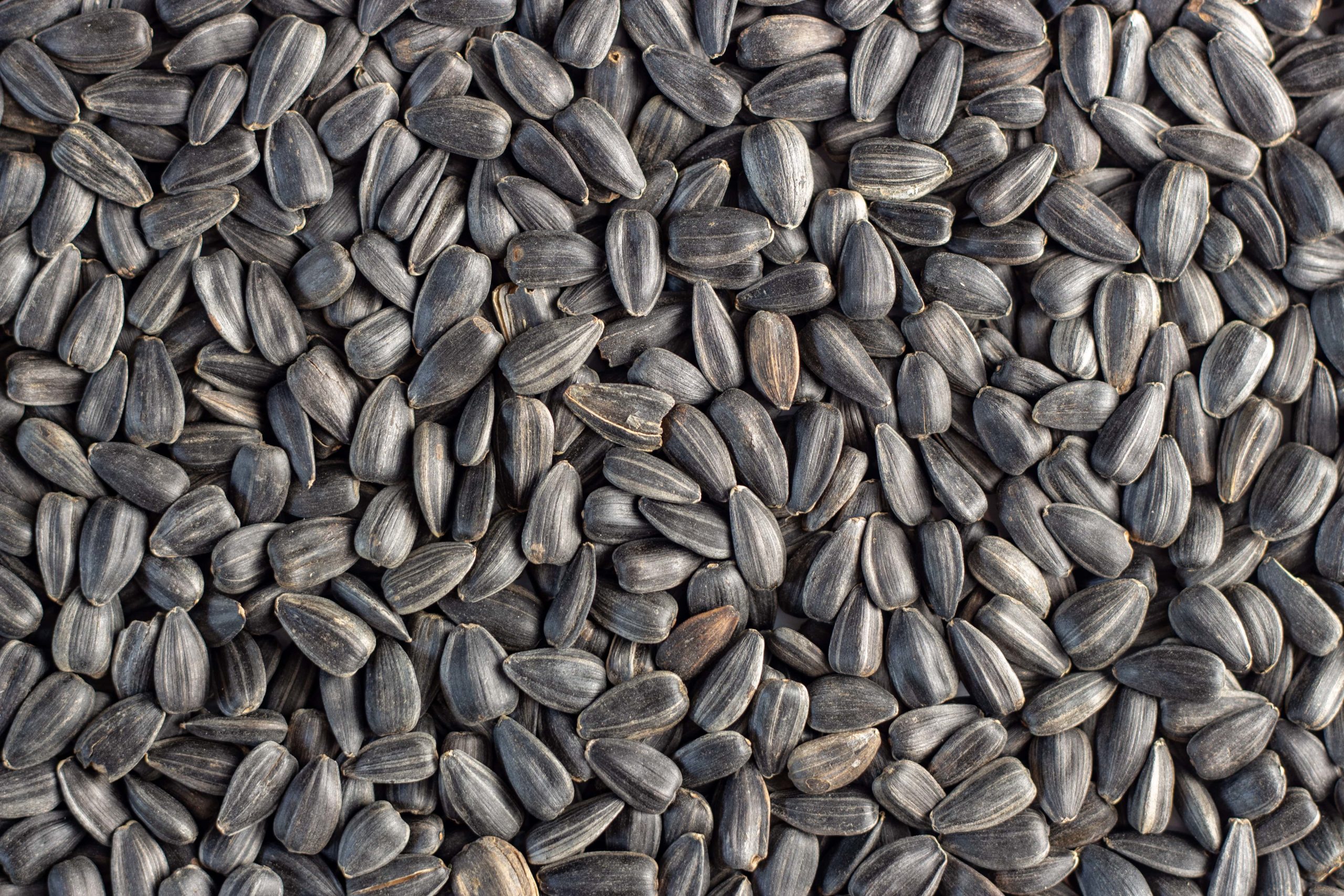Bring More Birds to Your Backyard: Types of Bird Feed and Feeders
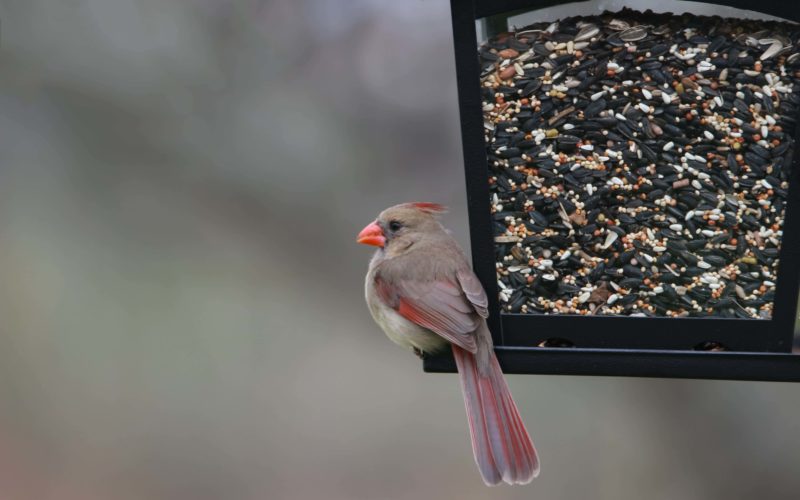
If you’re a bird lover, you want your backyard to be a place any bird can come to visit. You don’t need to travel far to enjoy bird watching, you can do it every day from the comfort of your home. There are many successful bird feeding tips you can follow to bring birds right to your backyard. In this blog, we’ll review the different types of bird feed and feeders you can use to make your backyard welcoming to any bird that flies by.
What do Birds Eat?
Birds eat a variety of seeds and food. Deciding what type of bird food to put in your feeders depends on the type of bird you’re trying to attract. While there are certain types of seeds that are universally popular, there are seed types you can choose to bring in specific birds.
Sunflower
Sunflower seeds are the most common and popular seeds for birds. There are two types of sunflower seeds: striped and black oil. Striped sunflower seeds have a thick shell that can make it difficult for some birds to crack open. Black oil sunflower seeds have a much thinner shell which is easy for almost any bird to breakthrough.
Sunflower seeds with a shell can be used in a variety of feeders including trays, tube feeders, and hoppers. If you decide to use sunflower hearts or chips that don’t have a shell you should make sure to avoid tube feeders because they can collect moisture and harbor dangerous infections.
Safflower Seeds
Safflower seeds have a very thick shell that can be difficult for many birds to open. However, certain birds like cardinals, grosbeaks, chickadees, doves, and native sparrows are more inclined to eat them.
Squirrels and other animals tend to dislike this type of seed, which keeps them from stealing it away from birds. The best type of feeders to use for Safflower seeds are trays or hoppers.
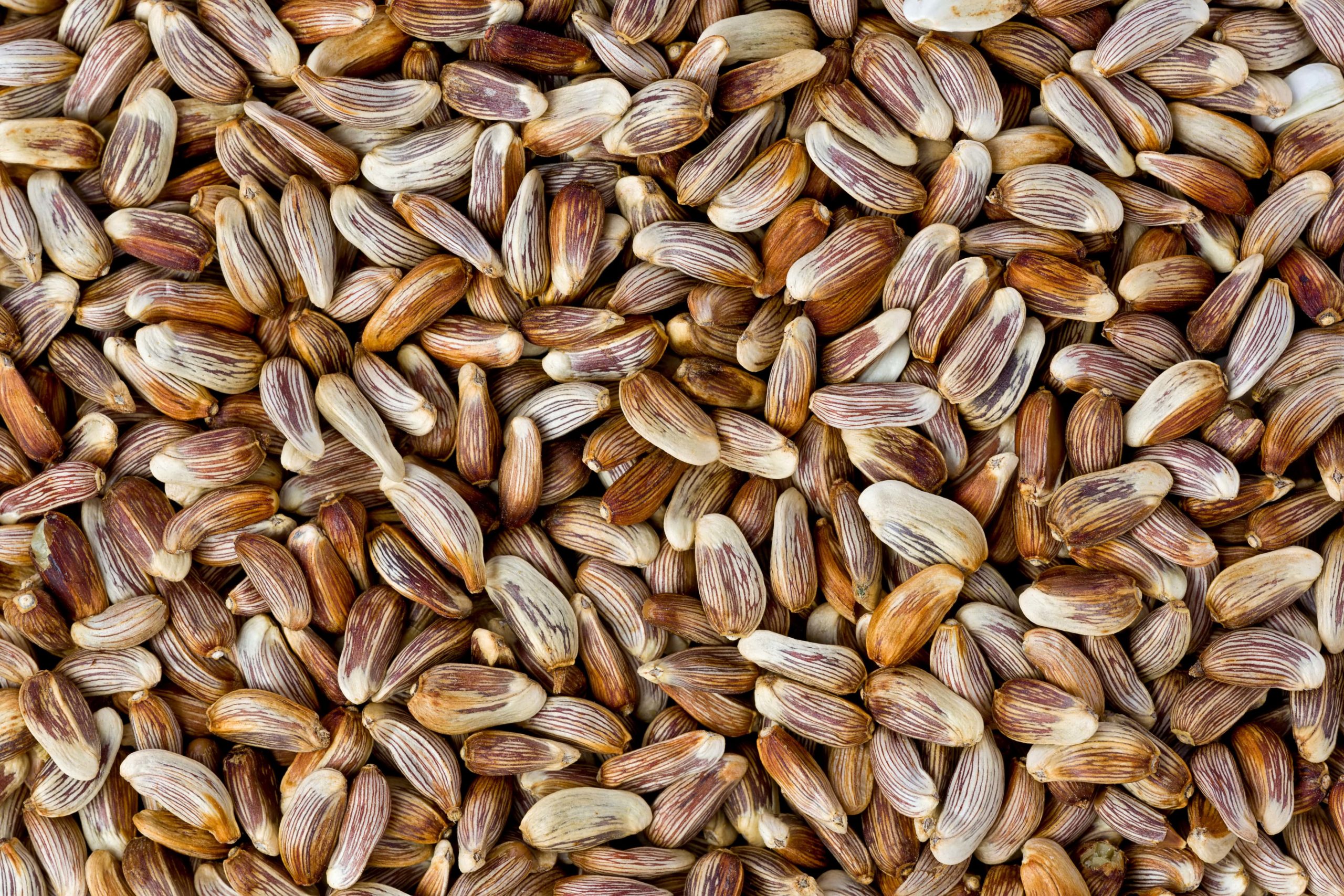
Nyjer Seeds
Nyjer is a plant imported from overseas that produces a small, oily, rich seed. These seeds are tiny, black, and needle-like. Small finches, such as: American goldfinches, lesser goldfinches, indigo buntings, pine siskins, and common redpolls love this type of seed. They can be placed in any kind of bird feeder, but the best way to avoid a mess or wasting seed on the ground is to use sock or mesh feeders.

White Proso Millet
White millet is most popular for ground-feeding birds such as: quails, native American sparrows, doves, towhees, juncos, and cardinals. Almost any bird that enjoys these seeds are likely to enjoy black oil sunflower seeds as well.
Since White Proso Millet is a favorite for ground-feeding birds, it’s often scattered across the ground instead of placed in a feeder. However, low-set tray feeders are also good options for these seeds.
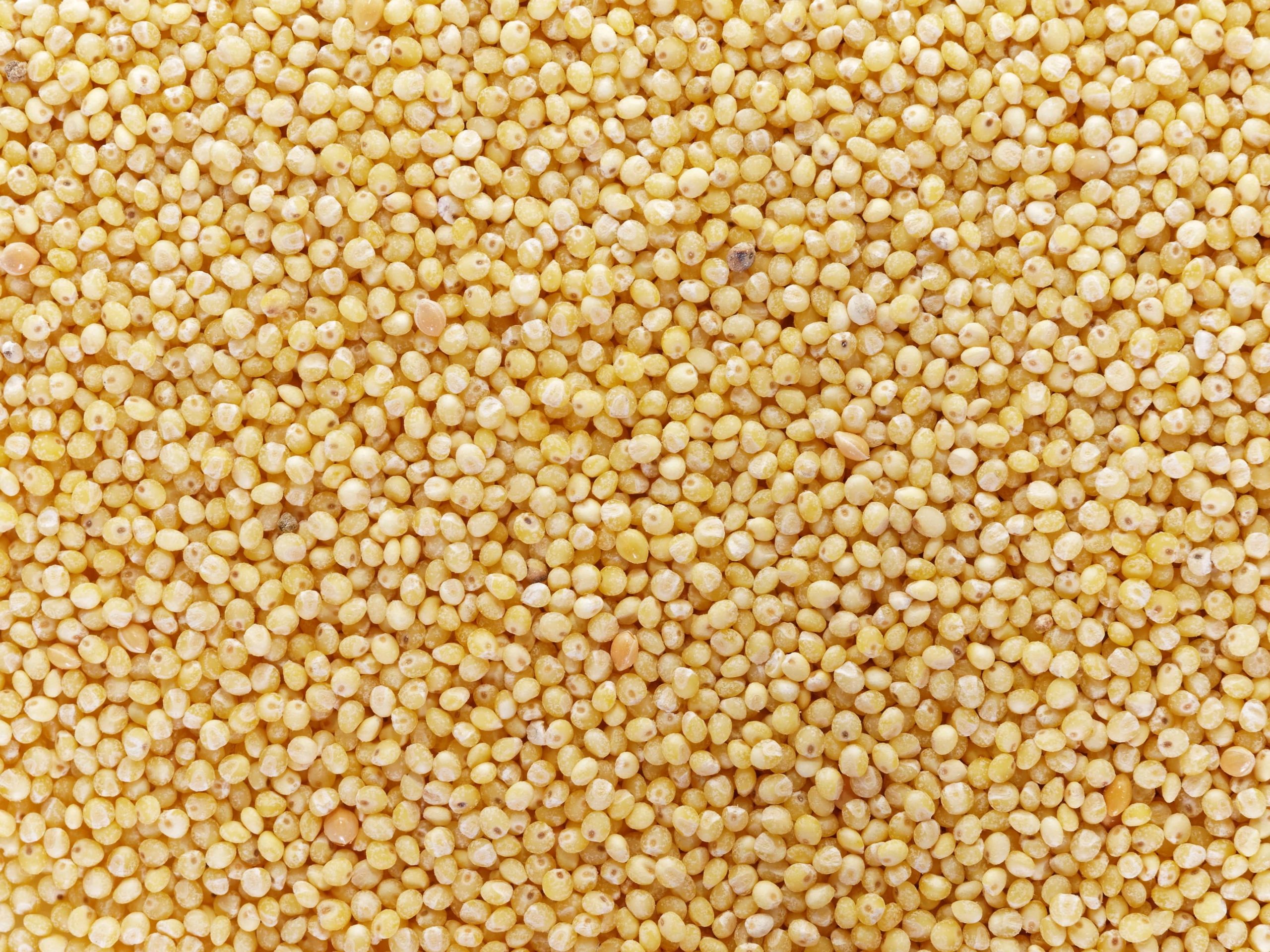
Shelled and Cracked Corn
Corn is eaten by a number of birds including: grouse, pheasants, turkeys, quails, cardinals, grosbeaks, crows, ravens, jays, doves, ducks, cranes, and more. However, there are some rules to remember when using corn in your feeders.
Never buy corn in plastic bags or allow it to get wet. You should also never offer corn covered in red dye. This type of corn is intended for planting and is often treated with fungicides, making it highly toxic to humans and all birds. Lastly, offer small amounts of corn at a time on tray feeders, and stay away from using tube feeders that harbor moisture.

Peanuts
Peanuts are very popular with an assortment of birds including: jays, crows, chickadees, titmice, woodpeckers, and many more. They have a high likelihood of harboring aflatoxins, which is why they must be kept dry and eaten quickly.
If you’re using peanuts in the shell, you can set out platform or tray feeders, but if you’re using shell-less peanuts or a mixture of peanuts and other seeds you can use tube feeders. Keep in mind that if the weather is humid or rainy you should change the seed frequently and empty out the tube completely before refilling.

Milo Seed
Milo seed is a type of grass grain that produces round red seeds. These are favorites for Western-ground feeding birds. Milo seeds can be scattered on the ground, or placed in low-set tray feeders.
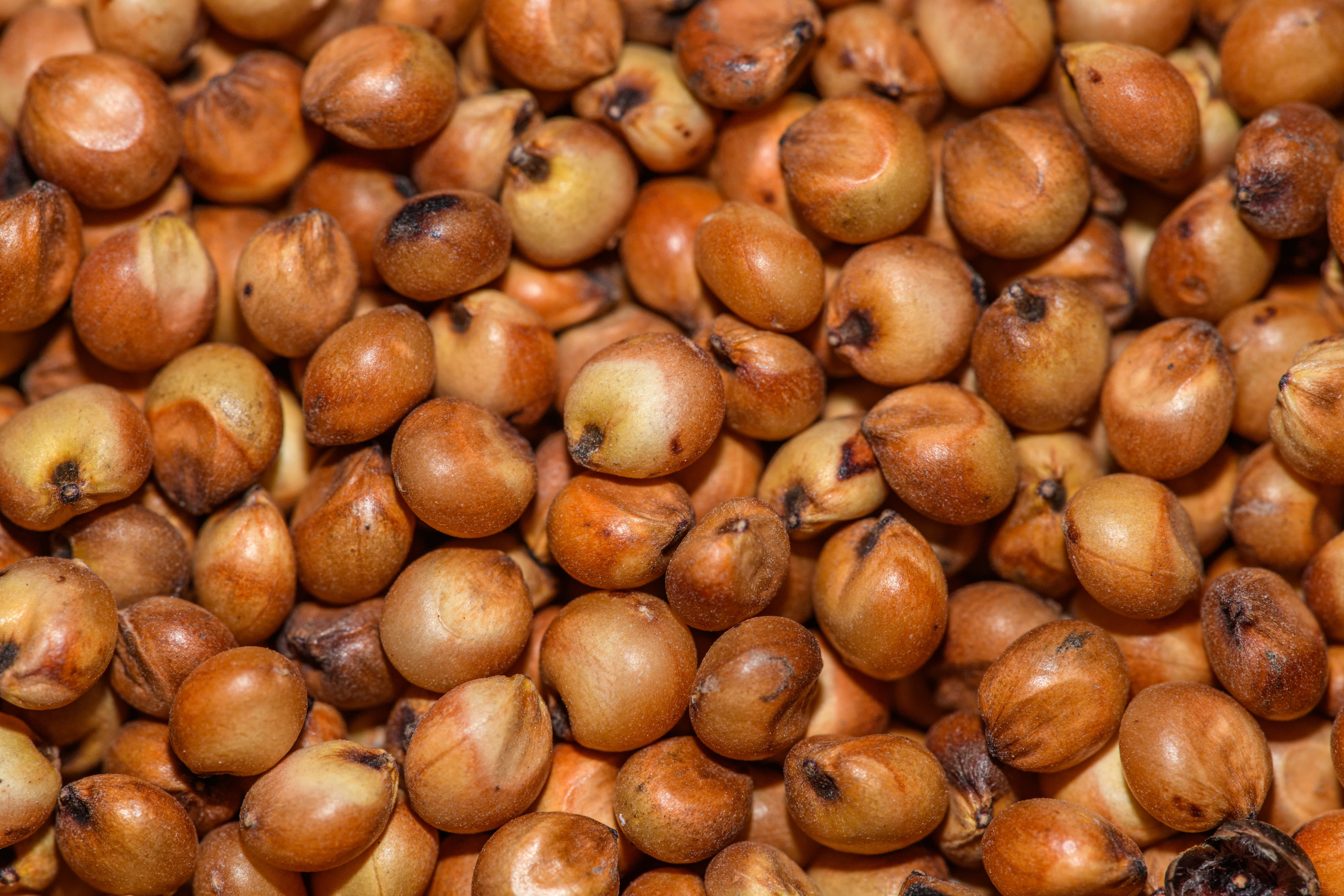
Golden Millet, Red Millet, Flax, and Others
These are seeds that are most often used as fillers in packaged bird seed mixes. Unfortunately, most birds aren’t keen on eating these types of seeds. Since wasted seed can cause bacteria and fungus it contaminates fresh seed more quickly.
Keep this in mind when buying bird seed mixtures, and if you’re able, try to avoid buying mixtures that include these seeds because they are more likely to be rejected by birds.
Best Types of Bird Feeders
Choosing which seed to feed birds is only the first step in bringing birds to your yard. Once you decide on the right bird food, you’ll have to choose the best type of bird feeder based on the types of birds you’re trying to attract. No matter what types of bird feed and feeders you choose, you’ll always want to make sure you keep the seeds fresh and the feeders clean, dry, and safe for any bird.
Tray or Platform Feeders
Trays or platform feeders attract the widest variety of birds and are the simplest design. They can be placed at any height, including: near the ground, suspended, or mounted on deck railings, posts, or stumps.
Since these feeders don’t offer protection against snow or rain, you should incorporate a path for drainage to keep the seeds from becoming wet. Wet seeds could sprout or contract fungal and bacterial growth. Bird droppings can also cause an issue with soiling tray feeders. The best way to fix these issues is to have a screened bottom that will promote drainage.

Hopper or “House” Feeders
Hopper feeders are attractive to most feeder birds including: finches, jays, cardinals, buntings, grosbeaks, sparrows, chickadees, and titmice. They can hold enough seeds to last for several days and protect seeds against inclement weather and bird droppings.
These feeders are more difficult to clean, and while they do well-keeping moisture out, there’s still a chance the seeds may get wet. When the seeds get wet it can become dangerous for the birds and must be cleaned out immediately. Hopper feeders can be mounted on poles, or suspended.

Window Feeders
Window feeders could pertain to small plastic feeders stuck to window glass with suction cups, or platform feeders hooked onto window frames. These types of feeders usually attract finches, chickadees, titmice, and some sparrows.
Window feeders allow you to have a close-up view of birds, but since birds usually feed while standing on the seeds in the window feeders, the risk of seeds becoming soiled is higher. If you use these feeders, you should clean and change them daily. Fortunately, most window feeder designs are the easiest to refill and clean.
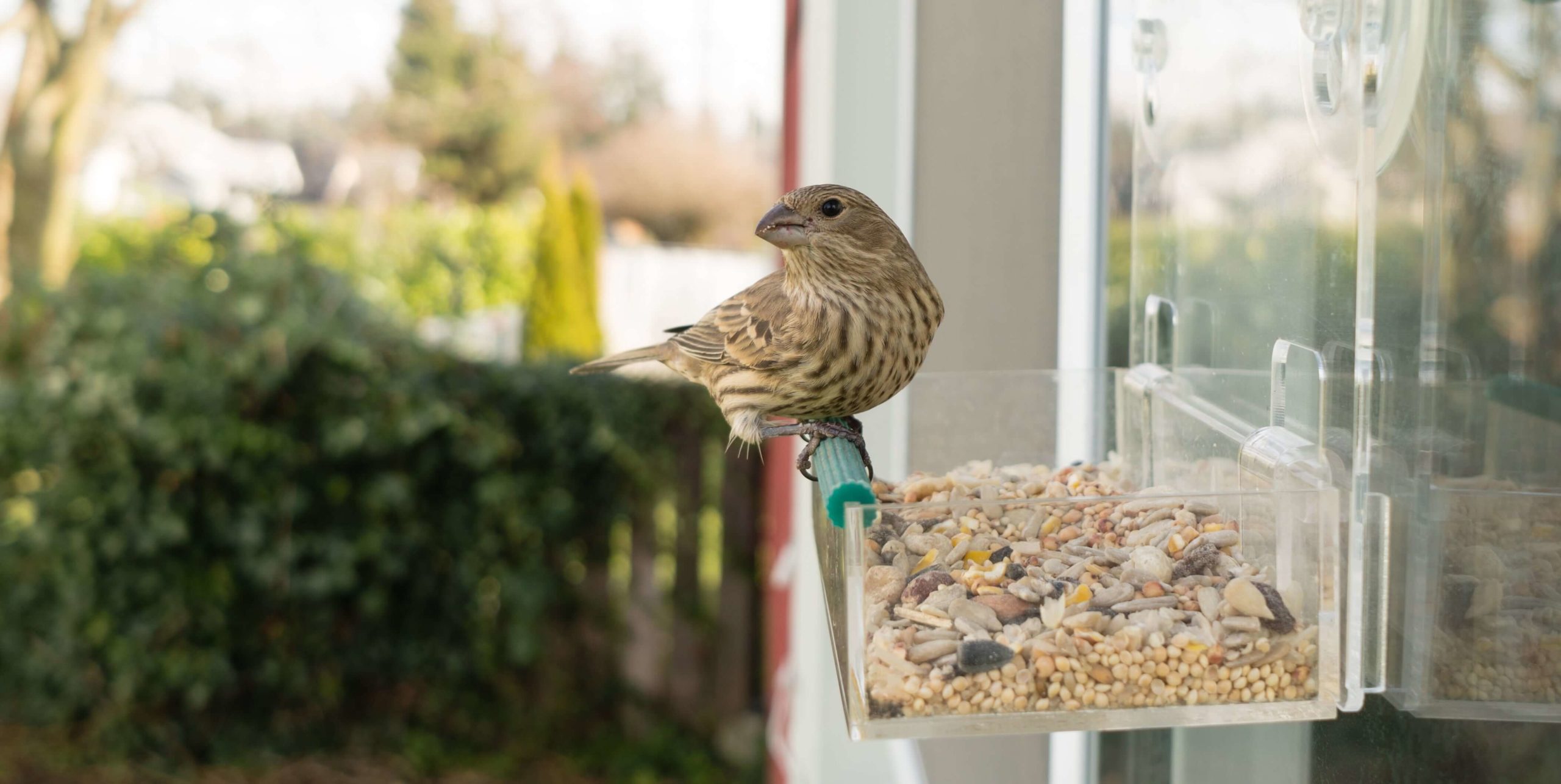
Tube Feeders
Tube feeders are hollow and do a good job of keeping seeds clean and dry. The size of the perches under the feeding ports will vary depending on the size of the birds you’re trying to attract. Sparrows, grosbeaks, chickadees, titmice, and finches are all types of birds that enjoy tube feeders.
These feeders can also vary in size and style. Some feeders with perches above the feeding ports attract seed-eating birds that feed hanging upside down. The size of the feeding ports also plays a role in whether you’re going to use larger or smaller seeds. You should always empty and clean any old seeds out when you’re refilling your tube feeders.
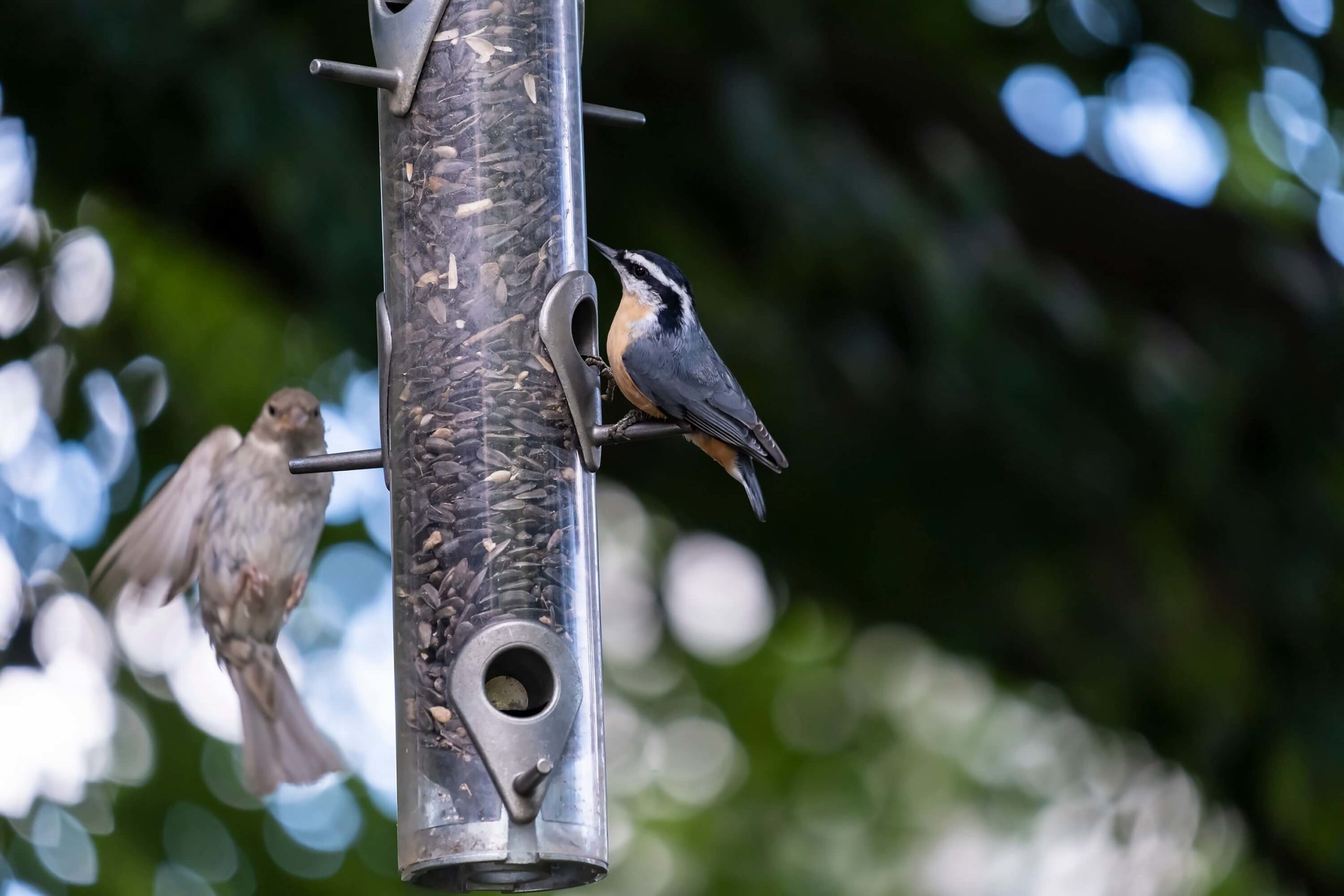
Suet Feeders
Suet feeders can be made up of wire mesh, plastic-coated wire mesh, or even a mesh onion bag. They’re usually nailed or tied to a tree trunk, suspended, or affixed to the side of a hopper feeder.
These feeders attract a variety of birds including: woodpeckers, nuthatches, chickadees, titmice, jays, and starlings. Some suet feeders are only open at the bottom which forces birds to hang upside down while feeding, attracting birds like starlings.
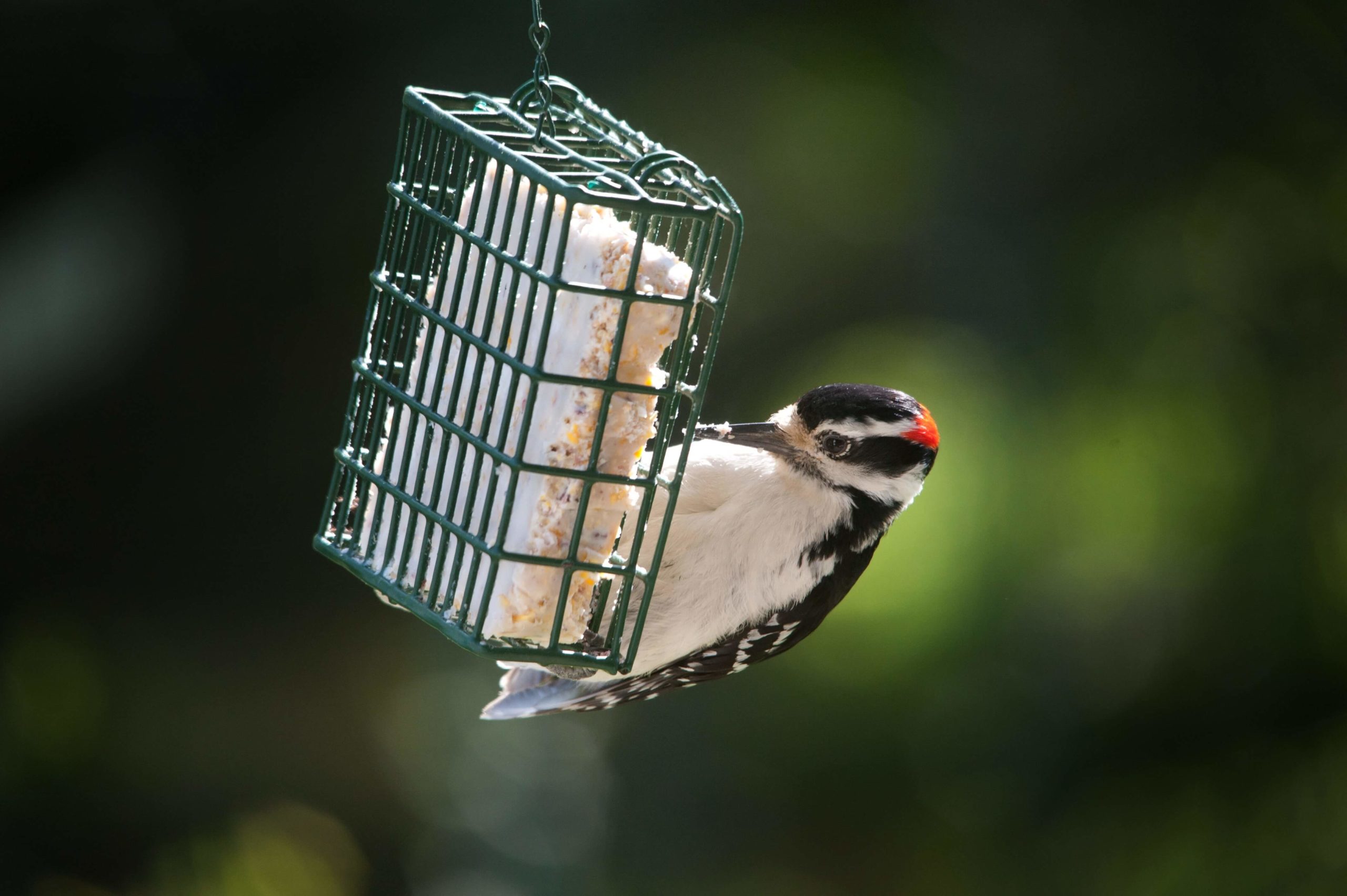
3 Ways to Attract Birds to Your Backyard Feeder
Once you’ve chosen what types of bird feed and feeders you’re going to use in your backyard, it’s time to make sure how to keep those birds coming. We have some steps you can take to ensure your birds are visiting your outdoor space as frequently as you’d like.
1. Keep Feeders Clean
Make sure you’re cleaning and disinfecting your feeders frequently. Discarding old or wet seeds will ensure your birds are safe from bacteria or fungus. How often you clean your feeder will depend on which type you have, as well as the weather conditions.
There are different ways to clean your feeder, but the most common way is to take it apart and use soap, boiling water, or a diluted bleach solution. Always make sure you rinse thoroughly before refilling the feeder with seed.
2. Use Plants for Shelter
Birds are more attracted to areas with cover. Growing plants, trees, bushes, vines, or tree covers near your feeders will give your birds a sense of protection as they feed. Adding woody debris and providing nest areas are also known to attract birds.
If you’re planning on keeping your bird feeders out during the winter months, make sure you add evergreen trees to keep your feeders covered no matter how cold it gets.
3. Add Water to Your Landscape
Some birds may not eat from feeders, but they’ll visit birdbaths or other sources of water. Adding water to your landscape will give birds a way to clean themselves as well as stay hydrated.
To continue attracting birds throughout the winter, try using an electric or solar heater to warm up your birdbath and keep it from freezing. This will allow them to drink and bathe even on the coldest days.
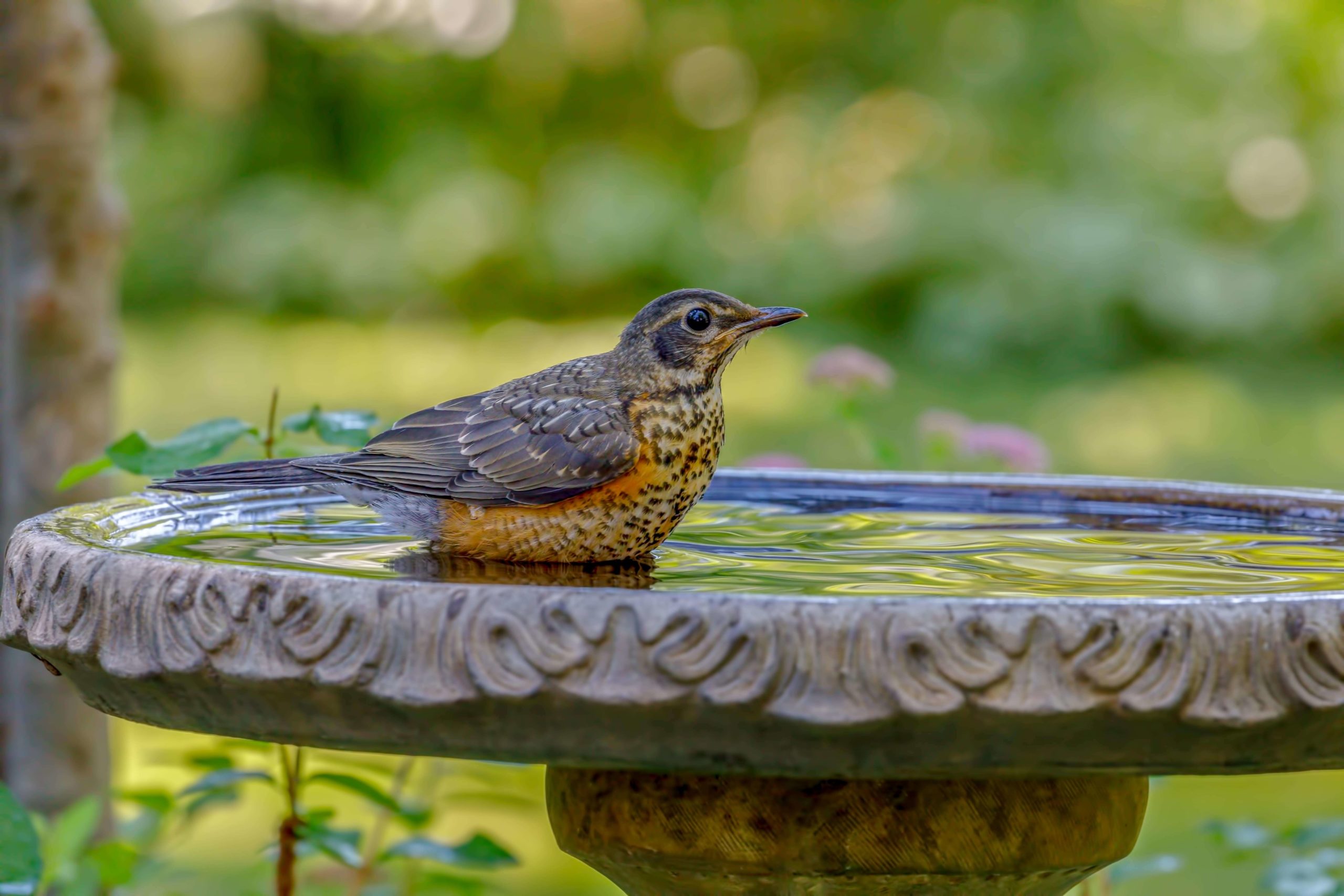
If you want to keep your yard a bird-friendly place, it’s important to maintain a four-season habitat and always make sure you’re keeping your feeders full. Practicing these simple steps will go a long way when it comes to welcoming any bird.
Looking for additional ways to attract birds besides your new bird feeder, we’ve created an in-depth guide on attracting birds that covers more than just bird feeders.
Start making your birds feel at home today! Check out the bird feed and feeder selection on our website.

